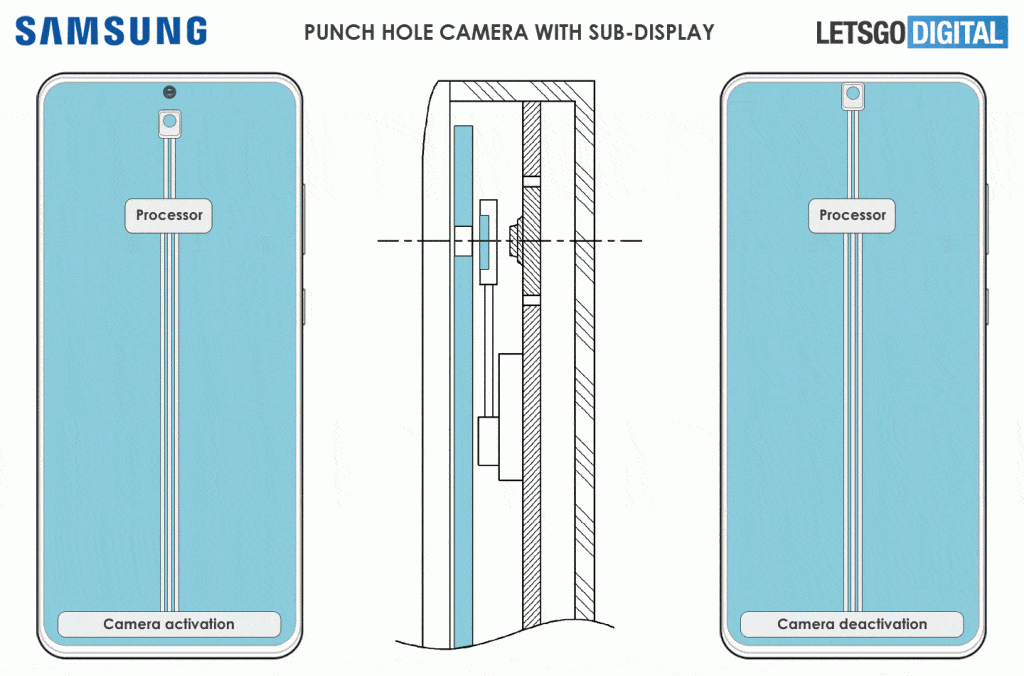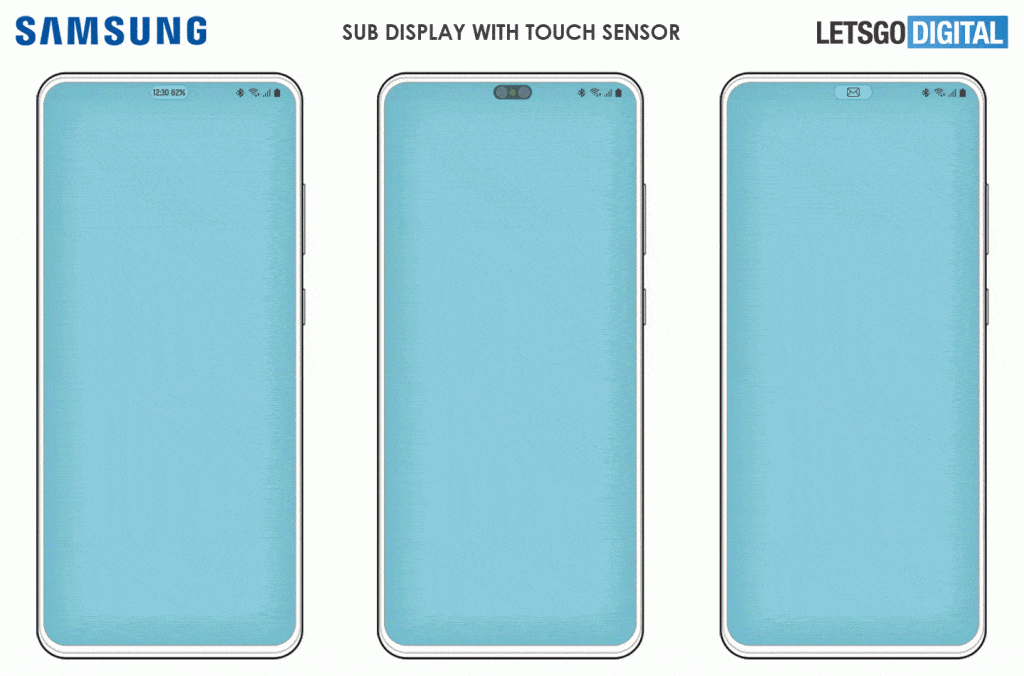For some time, Samsung has been cooperating with multiple parties to promote the development of the HDR10+ format. Today, Samsung Electronics announced a new HDR10+ adaptive function, an improvement to the open-source HDR10 + format. This new technology can provide the best video quality according to ambient lighting.

According to Samsung, it is more appropriate to view HDR content in a dark environment. The HDR10+ adaptive function utilizes the light sensor of the TV to support dynamic scene-by-scene optimization. At the same time, all HDR10 content in Prime Video will be available in HDR10+ adaptive form on compatible Samsung TVs.
Samsung said that the HDR10+ adaptive function also supports the Filmmaker Mode to provide a real movie experience. According to reports, the HDR10+ adaptive function will available in Samsung’s QLED TV series in 2021.
Samsung patents a smartphone with a hideable front camera
Samsung Electronics applied to WIPO (World Intellectual Property Office) for a patent titled “Electronic Equipment Including Sub-Displays and Operating Methods”. This patent describes a mobile phone whose front camera can be hidden by switching the screen layering. The patent was approved and publicized on December 24. The document shows that the screen of this model also supports the use of Samsung’s S Pen for operation. In addition to the Samsung Note series, the Galaxy S21 Ultra will arrive next month with S Pen support.

According to some renders from LetsGoDigital, this device is a nearly full-screen Samsung smartphone with narrow bezels and arc boundaries. When the user does not need to take a picture, the camera and the LED flash are hidden. However, when the user requires the front camera, it can automatically switch to a high-quality lens.

The top middle of the screen of this device is a transparent area. The secondary display (sub-display) layer is under the transparent area. This part of the module integrates a dual-camera lens (iris sensor and ordinary lens) and LED flash. Samsung plans to move the secondary display layer and transparent area through the built-in driver module. This module can move from top to bottom and from left to right.
This design is obviously futuristic and we are not sure if this phone will hit the market anytime soon. Of course, this is only a patent and there is no guarantee that it will ever see the light of day.





